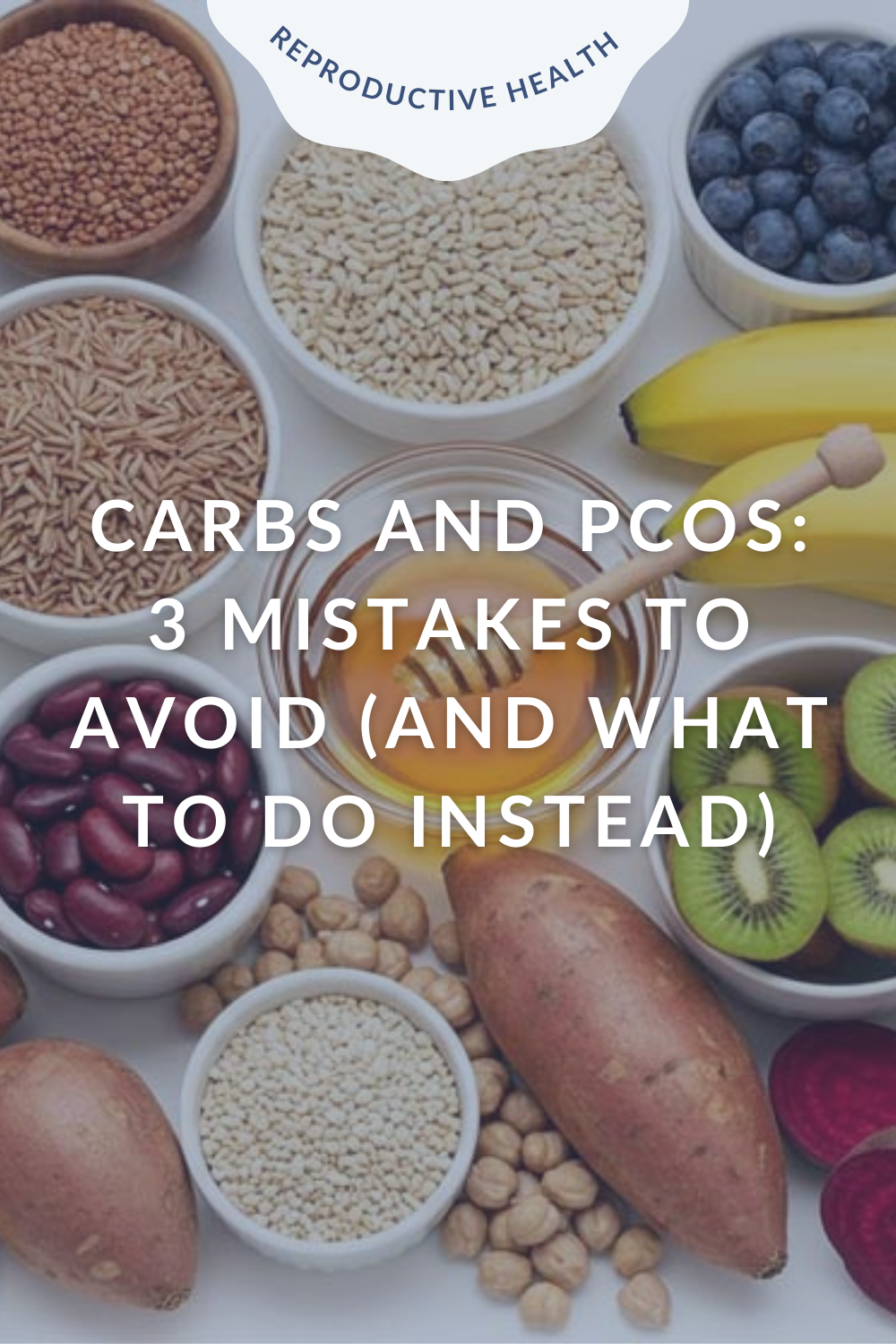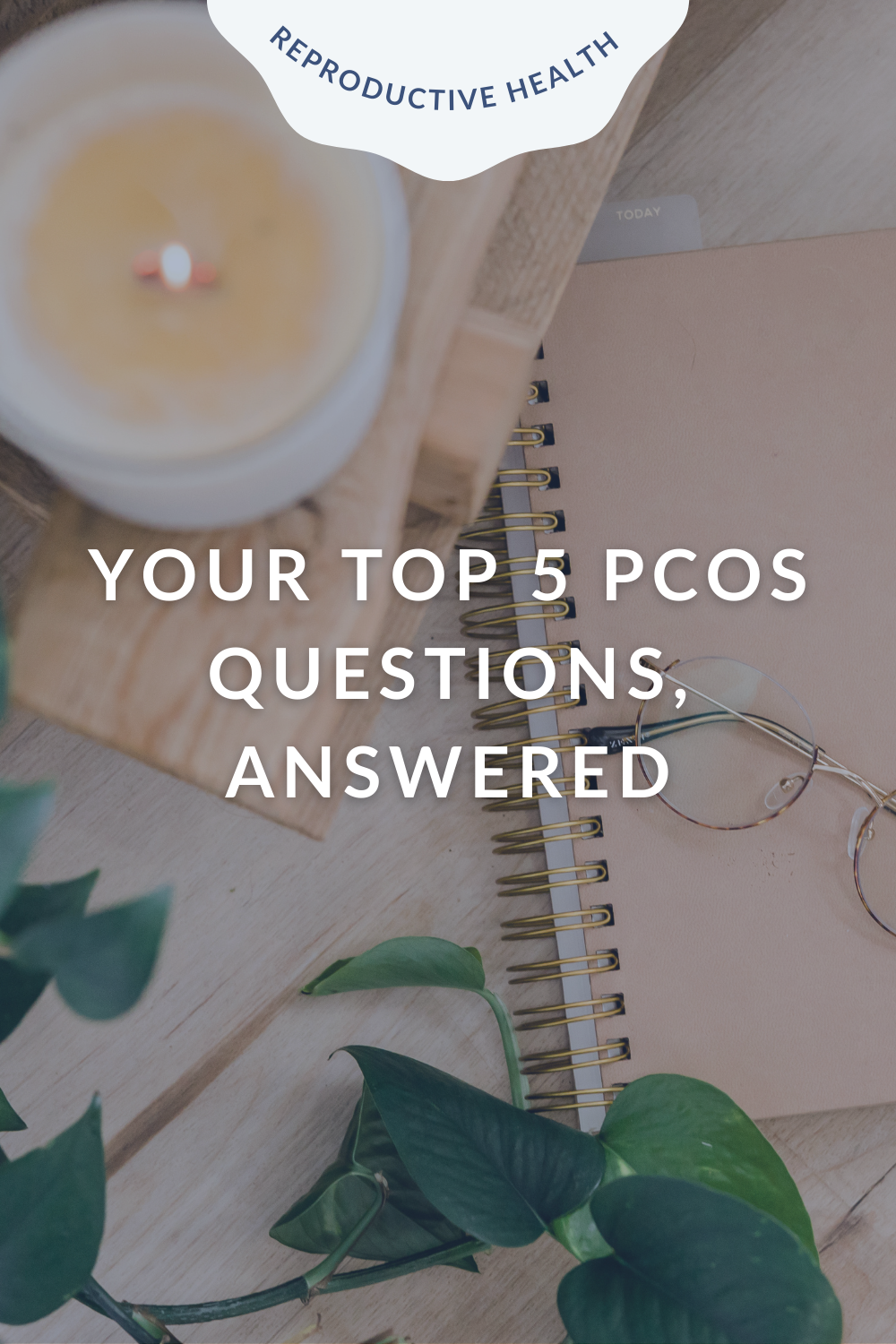3 Steps to Spring Clean your Kitchen (+ Meal Plan Guide)
The temperature is rising, flowers are blooming - Spring is finally here!
For many, the natural changing of seasons can prompt a newfound mission to refresh our homes.
When it comes to eating well, building an appropriate home environment is essential. All foods fit in a balanced kitchen - but we certainly want to avoid clutter.
A well-functioning space can help you stick to your health goals, while saving time, energy and money.
Here are 3 steps to Spring clean your kitchen, along with healthy kitchen staples and a meal planning made simple guide.
Out with the old, make room for the new
We’ve all been there - excitedly filling our pantries with new foodie goods, only for it to collect dust. We’re kicking off this season with a new strategy.
Take stock of your food - look deep into the pantry, freezer, cracks and crevices…we know there’s stuff in there! Note the expiration dates and toss as necessary. Or, if you have bits and pieces of food products you know you’ll never get to - toss those as well.
Declutter your kitchen. Clear your utensil drawer - toss the plastic chopsticks, forks, spoons you get from takeout. Toss the one-use condiments. Consolidate your plastic bags. Or better yet, keep a reusable bag in your car.
As Marie Kondo wisely asked, “Does it spark joy?” No? Then in the trash it goes.
Categorize your food inventory
Categorize your remaining food into perishable and non-perishable groups:
Perishable foods:
produce, meat and alternatives, dairy and alternatives, eggs, bread, opened sauces and condiments.
store in the fridge, following food safety procedures. Place produce in the bottom crispers, raw meat and fish on the bottom shelf, and ready-to-eat foods like yogurts, milk and sauces on the top.
Non-perishable foods:
canned legumes, canned fish, dried grains and pasta, unopened jars of pasta sauce or pickled vegetables, nuts and seeds, seasonings like dried herbs and spices.
store in cool, dry spots like cabinets, pantries, drawers. Group them based on food category - for example, grains on the bottom shelf, canned beans/fish on the middle shelf, and sauces on the top.
Feel free to pack and organize how you’d like!
Re-stock with necessary essentials
You may notice an abundance of one family-favourite food (ex: numerous bags of rice), and meager portions of others (I’m always out of chicken broth!).
Now that you know exactly what you have in the kitchen, where it is, and in what volumes - it’s time to restock any essentials or commonly used items your family enjoys.
Having a consistent supply of food staples helps to simplify meal planning (Check out Five Tips to Fall Back into Meal Planning for a clear framework). Moving forward, it may be a good idea to do an inventory check every week and make a note of which staples you may be running low on.
Speaking of which…
Healthy Kitchen Staples List
Preparation is key - here are some healthy staples you can keep stocked at all times to make healthy eating quick and easy:
Non-perishable:
Quick oats or steel cut oats
Soba noodles, egg noodles, whole wheat pasta, chickpea pasta
Parboiled rice, wild rice, quinoa
High protein pancake mix
Canned tuna, sardines, salmon
Dried or canned beans, lentils, chickpeas
Protein powder
Boxed chicken broth
Almonds, chia seeds, pumpkin seeds
Canned diced tomatoes, tomato paste
Dried herbs, spices, vinegars, cooking oils, soy sauce, fish sauce
Perishable:
2-3 coloured vegetables and fruits each week
Whole eggs or a carton of egg whites
Milk or milk alternatives, Greek yogurt, cottage cheese
Frozen edamame, tofu, tempeh
Poultry, fish, red meat, shrimp
Frozen mixed vegetables and fruits
Hi! I’m Trista
A Registered Dietitian and reproductive health expert. I’m here to help you gain confidence to overcome your Polycystic Ovary Syndrome and digestive health woes, while bettering your relationship with food.
CATEGORIES
Need support around meal planning?
Check out these Meal Plans designed to provide delicious, easy recipes that are rooted in balance and nourishment, not restriction.
Work with our team of Registered Dietitians in 1-on-1 Nutrition Coaching Programs to receive personalized nutrition guidance, personalized meal plans and unlimited messaging support to create sustainable habits and lasting change.













